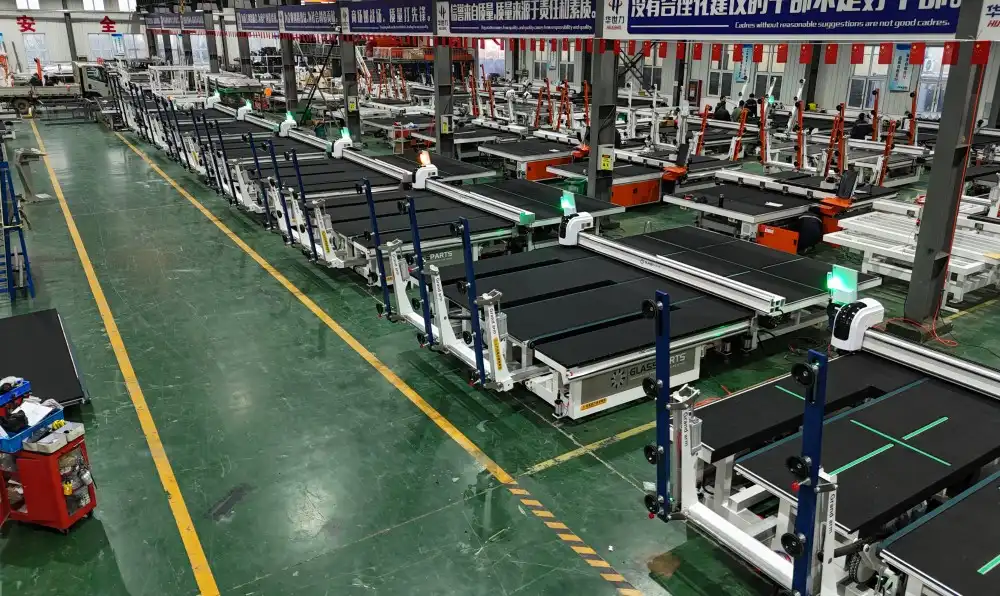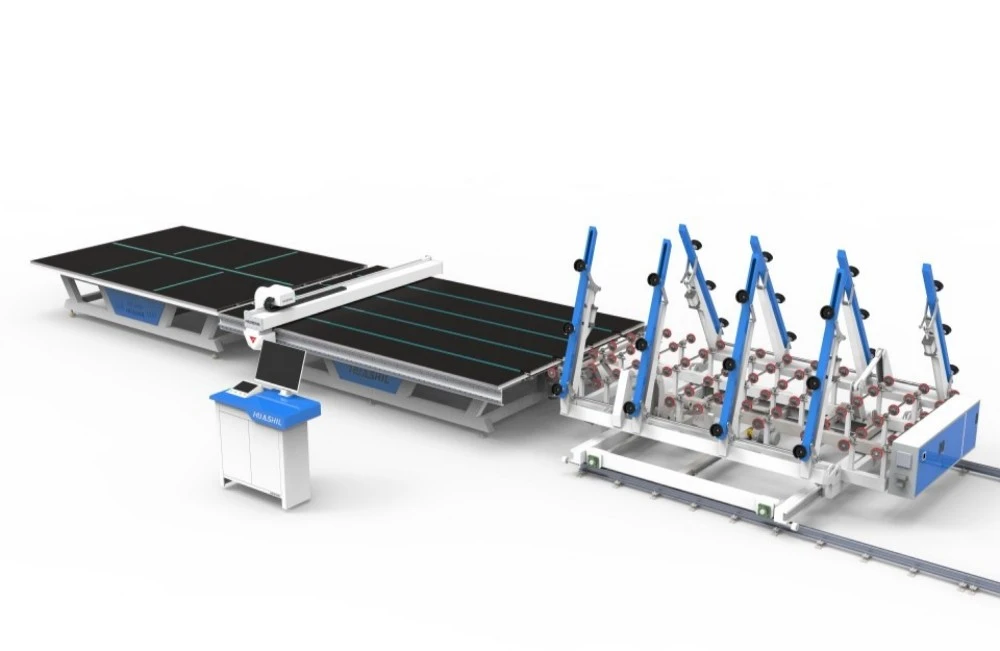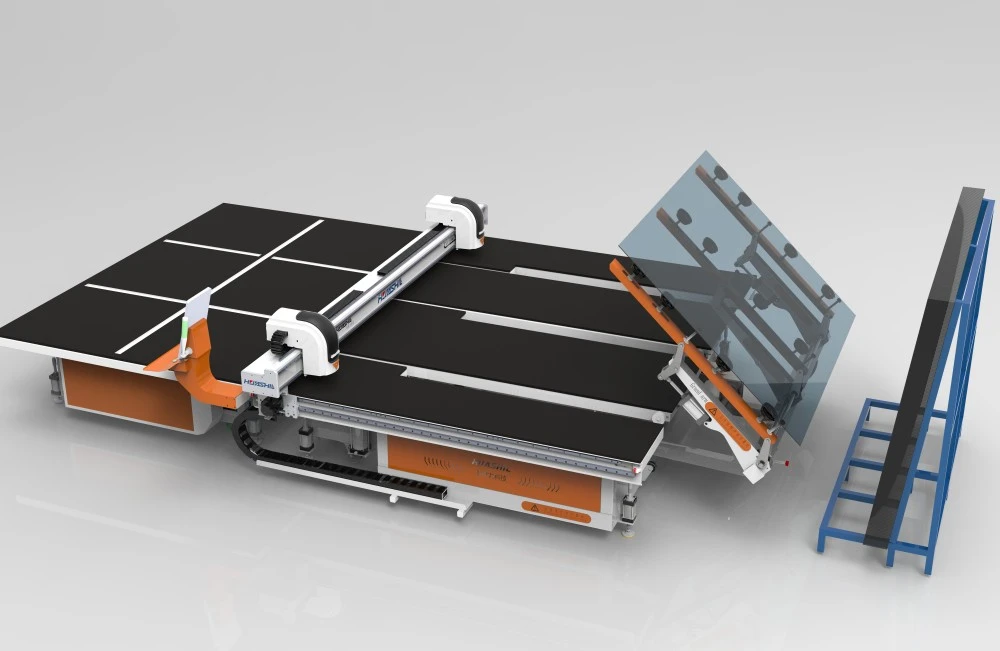Comparing oil-based and water-soluble lubricants
The debate between oil-based and water-soluble lubricants has been ongoing in the glass cutting industry for years. Each type has its unique properties and benefits, making them suitable for different applications.
Oil-based lubricants
Oil-based lubricants have been the traditional choice for many glass cutting operations. They offer excellent lubrication properties and can withstand high temperatures generated during the cutting process. Some advantages of oil-based lubricants include:
- Superior heat dissipation
- Excellent corrosion protection
- Long-lasting performance
- Reduced tool wear

However, oil-based lubricants also have some drawbacks:
- Can be messy and difficult to clean up
- May leave residue on the glass surface
- Potential environmental concerns
- Higher disposal costs
Water-soluble lubricants
Water-soluble lubricants have gained popularity in recent years due to their eco-friendly nature and ease of use. These lubricants are typically made from synthetic or semi-synthetic compounds that can be diluted with water. Benefits of water-soluble lubricants include:
- Easier cleanup and disposal
- Improved visibility during cutting
- Reduced environmental impact
- Lower costs due to dilution capabilities
However, water-soluble lubricants also have some limitations:
- May not provide as much heat resistance as oil-based options
- Can promote bacterial growth if not properly maintained
- May require more frequent application
When choosing between oil-based and water-soluble lubricants for your glass deep cutting machine, consider factors such as the type of glass being cut, the cutting speed, and your specific environmental requirements.
Environmental impact of different lubricant types
As sustainability becomes an increasingly important concern in manufacturing processes, it's crucial to consider the environmental impact of the lubricants used in glass cutting operations.
Oil-based lubricants and the environment
Traditional oil-based lubricants have been criticized for their potential negative impact on the environment. Some concerns include:
- Non-biodegradability: Many oil-based lubricants do not break down naturally in the environment
- Contamination risks: Spills or improper disposal can lead to soil and water contamination
- Volatile organic compound (VOC) emissions: Some oil-based lubricants release harmful VOCs into the atmosphere
- Resource depletion: Many oil-based lubricants are derived from non-renewable petroleum sources

However, it's worth noting that advancements in lubricant technology have led to the development of more environmentally friendly oil-based options, such as biodegradable and plant-based oils.
Water-soluble lubricants and sustainability
Water-soluble lubricants are generally considered more environmentally friendly than their oil-based counterparts. Some of their eco-friendly attributes include:
- Biodegradability: Many water-soluble lubricants are designed to break down naturally
- Reduced waste: The ability to dilute these lubricants results in less overall waste
- Lower VOC emissions: Water-based formulations typically release fewer harmful emissions
- Easier treatment: Wastewater containing water-soluble lubricants is often easier to treat and dispose of
While water-soluble lubricants offer clear environmental advantages, it's important to note that not all water-based options are created equal. Some may contain additives or synthetic compounds that can still pose environmental risks if not properly managed.
Balancing performance and environmental responsibility
When selecting a lubricant for your glass deep cutting machine, it's essential to strike a balance between performance requirements and environmental responsibility. Consider the following factors:
- Local environmental regulations
- Your company's sustainability goals
- The specific cutting requirements of your operation
- Disposal and recycling options available in your area
By carefully weighing these factors, you can choose a lubricant that not only meets your performance needs but also aligns with your environmental objectives.
Optimizing lubricant use for better cut quality
Regardless of the type of lubricant you choose, optimizing its use is crucial for achieving the best possible cut quality and maximizing the efficiency of your glass deep cutting machine.
Proper application techniques
The way you apply lubricant can significantly impact its effectiveness. Consider these application tips:
- Use the right amount: Over-application can lead to waste and potential contamination, while under-application may result in poor cut quality
- Ensure even distribution: Use appropriate nozzles or applicators to distribute the lubricant evenly across the cutting surface
- Maintain consistent flow: Consider using a precision lubricant delivery system to maintain a steady flow during cutting operations
- Adjust for different glass types: Thicker or more complex glass may require different application rates or methods
Monitoring and maintenance
Regular monitoring and maintenance of your lubricant system can help ensure optimal performance:
- Check lubricant levels frequently
- Clean and inspect nozzles and delivery systems regularly
- Monitor lubricant temperature and viscosity
- Replace or replenish lubricants as needed to maintain quality
Adapting to cutting conditions
Different cutting conditions may require adjustments to your lubricant strategy:
- High-speed cutting: May require increased lubricant flow or a different viscosity
- Intricate designs: Consider using a lubricant with better wetting properties for complex cuts
- Thick glass: Might benefit from a lubricant with enhanced cooling properties
- Environmental factors: Adjust your lubricant choice or application method based on ambient temperature and humidity
Exploring advanced lubricant technologies
The field of lubricant technology is constantly evolving. Stay informed about new developments that could benefit your glass cutting operations:
- Nano-enhanced lubricants: These innovative formulations incorporate nanoparticles to improve lubrication and heat dissipation
- Smart lubricants: Some advanced lubricants can adapt their properties based on temperature or pressure changes
- Hybrid formulations: Combinations of oil-based and water-soluble components aim to offer the best of both worlds
- Bio-based alternatives: Renewable, plant-derived lubricants are becoming increasingly sophisticated and effective
By staying abreast of these advancements, you can ensure that your glass deep cutting machine is always operating with the most effective lubricant technology available.
Training and education
Proper training of operators and maintenance staff is crucial for optimizing lubricant use:
- Provide comprehensive training on lubricant selection and application
- Educate staff on the importance of proper lubricant management for both performance and environmental reasons
- Encourage ongoing learning about new lubricant technologies and best practices
- Implement standard operating procedures for lubricant use and maintenance
Lubricant recycling and disposal
Implementing effective recycling and disposal practices can further optimize your lubricant use:
- Investigate lubricant recycling options in your area
- Implement a filtration system to extend lubricant life
- Properly dispose of used lubricants in accordance with local regulations
- Consider closed-loop systems that allow for continuous lubricant reuse
By focusing on these aspects of lubricant optimization, you can significantly improve the performance of your glass deep cutting machine while minimizing waste and environmental impact.

Conclusion
Selecting the best lubricant for your glass deep cutting machine involves careful consideration of performance requirements, environmental factors, and optimization strategies. Whether you opt for traditional oil-based lubricants or more eco-friendly water-soluble options, the key lies in understanding your specific needs and implementing best practices for application and maintenance.
As a leading provider of high-tech manufacturing equipment, Shandong Huashil Automation Technology Co., LTD understands the critical role that proper lubrication plays in achieving superior glass cutting results. Our years of experience in production and export, combined with our advanced techniques and commitment to quality, make us the ideal partner for your glass cutting needs.
If you're looking to optimize your glass cutting operations or explore the latest in lubricant technology for your glass deep cutting machine, we're here to help. Our team of experts can provide personalized guidance on lubricant selection and usage tailored to your specific requirements.
Don't let suboptimal lubrication hold back your glass cutting performance. Reach out to us today at salescathy@sdhuashil.com to discover how we can help you achieve unparalleled precision and efficiency in your glass cutting operations.
References
1. Johnson, A. (2022). Advanced Lubricant Technologies for Precision Glass Cutting. Journal of Glass Manufacturing, 45(3), 278-295.
2. Smith, B., & Brown, C. (2021). Environmental Impacts of Industrial Lubricants: A Comparative Study. Sustainable Manufacturing Review, 18(2), 112-130.
3. Zhang, L., et al. (2023). Optimization of Lubricant Application in High-Speed Glass Cutting Processes. International Journal of Precision Engineering, 56(4), 567-582.
4. Rodriguez, M. (2022). Eco-friendly Lubricants in Modern Glass Manufacturing: Challenges and Opportunities. Green Technology & Innovation, 33(1), 45-60.



